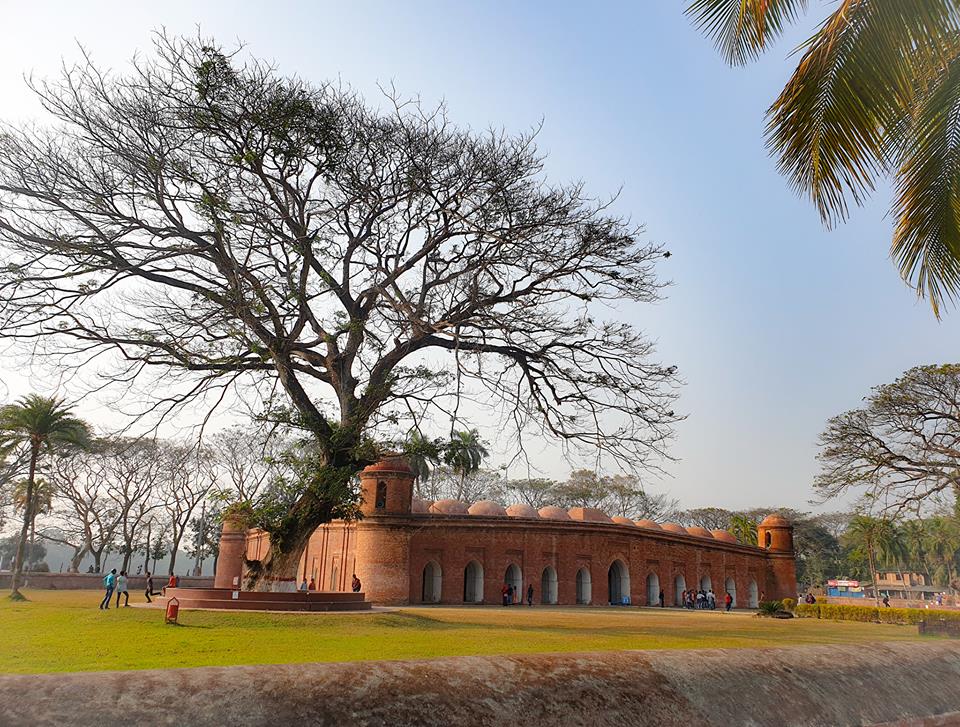
Sixty domed mosques and our world heritage.
One can understand how many forms a mosque can take by looking at the sixty-domed mosque. In the morning, noon, evening or midnight, every moment, this ancient mosque of the country is transformed into a different form.
The mosque is rich in history as much as it is beautiful. The style of construction of the mosque reveals the rich past. The heroism of the Muslim empire during the Sultanate rule in the Middle Ages and the glory of the city of Khalifatabad.
At present, the 60-domed mosque is a UNESCO World Heritage Site
, The pride of our ancient architecture. In 1985, UNESCO declared the sixty domes a World Heritage Site. The reference number of the mosque is 321.
Historians believe that Khan Jahan Ali built the mosque in the middle of the fifteenth century. According to his calculations, the age of the mosque is now around 750 years or more.
Bricks, stones, lime and mortar were used in the construction of the mosque. The stones used as pillars of the mosque were brought from distant palaces. On the floor of the mosque
Designed bricks were used,
Terracotta on the walls. Mosques
The walls are about 6 feet wide. The mosque was built in the Orthodox mosque plan. The mosque was built in a mixture of native and Tughlaq style.
The mosque is known to all as sixty domes. However, many people think that the sixty-domed mosque has 60 domes. However, there are 8 domes in the mosque. The mosque has 10 mihrabs.
The name sixty domes came from a distortion of the name. It was the first roof-domed mosque in the city of Khalifatabad at that time. At that time it was popularly known as the roof dome mosque.
The mosque was recognized as the first archaeological site by the then Archaeological Survey of India in 1913 and was first renovated in the same year. The two large kadai trees in front of it were also planted in 1913.
According to many, Khan Jahan Ali is using the mosque for judicial purposes. This mosque is as much a fort as the mosque. The four minarets of the mosque were used as watch towers which revealed the word of the fort. Individuals in different positions used to sit.
Of special note is the fact that there was a door in the courtyard of the Qibla, which revealed that Khan Jahan Ali used to travel here regularly. It was the custom in Islam for the rulers to have a west door where prayers were offered. This is the only mosque in Bangladesh that had a west facing door.
On the west side of the mosque, a huge dighi was dug, where ablutions and baths were performed.
No nameplate or inscription is found in the mosque. As a result, historians have differing views on this remarkable construction.
How to go –
Bagerhat bus stand from Dhaka. Sixty dome mosque from Bagerhat bus stand.
The entrance fee is 20 TK.